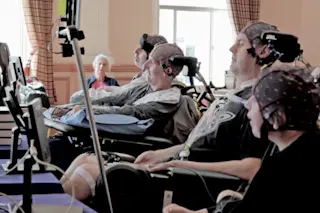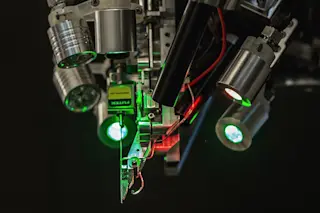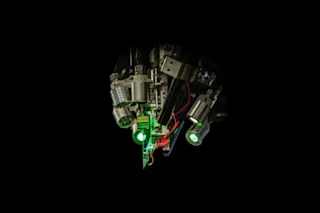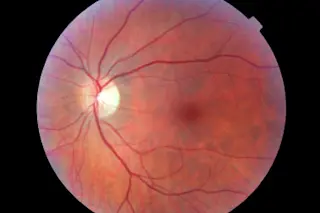The members of the Paramusical Ensemble as they compose their piece "Activating Memory." (PACMF-15/Vimeo) A piece of music, composed in a fashion like no other before it, will be played later this month at the Peninsula Arts Contemporary Music Festival in the United Kingdom. The piece, entitled "Activating Memory," is the result of a decade-long project by researchers at Plymouth University and the Royal Hospital for Neuro-disability. Four musicians, who are unable to speak or walk, used electrical signals from their brain to select musical passages while musicians played their selections in real-time. The researchers' brain-computer interface allowed the quartet to express their musical creativity without singing or picking up an instrument.
Professors Eduardo Reck Miranda and Joel Eaton created a Brain-Computer Music Interface that combines an electroencephalogram (EEG) with a computer to measure brain activity in the visual cortex. The computer displays four musical sequence options, and each option ...










